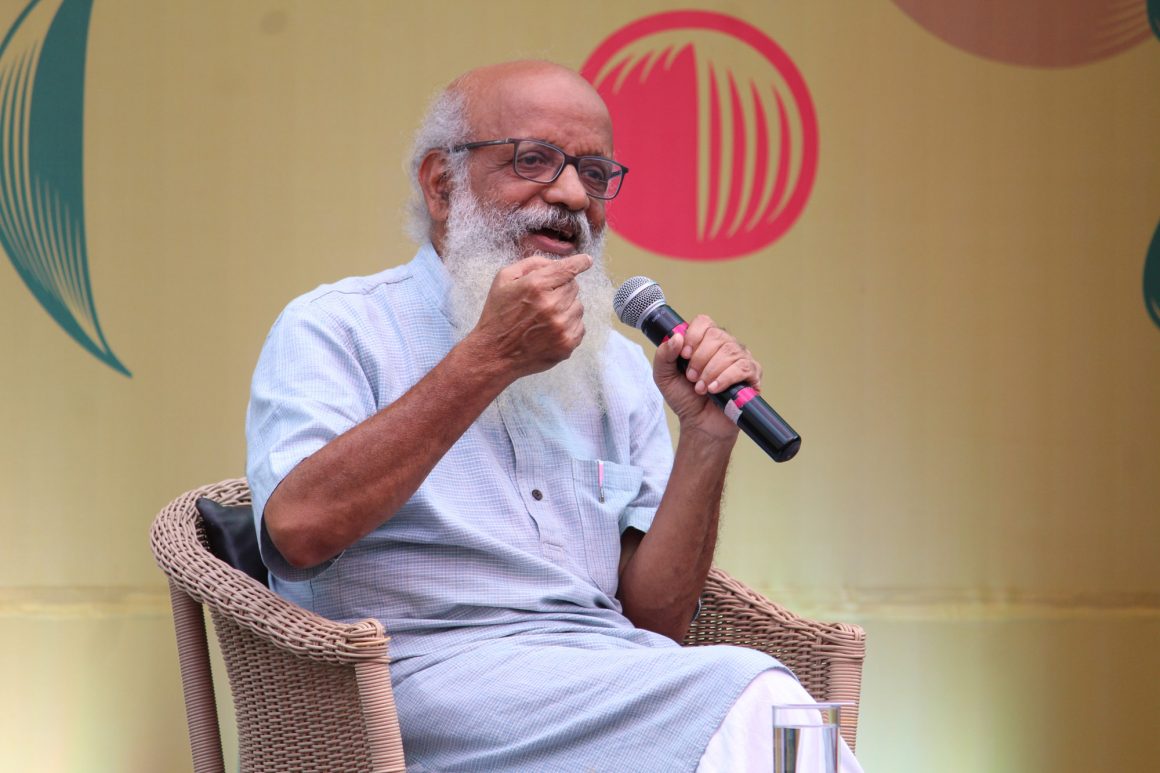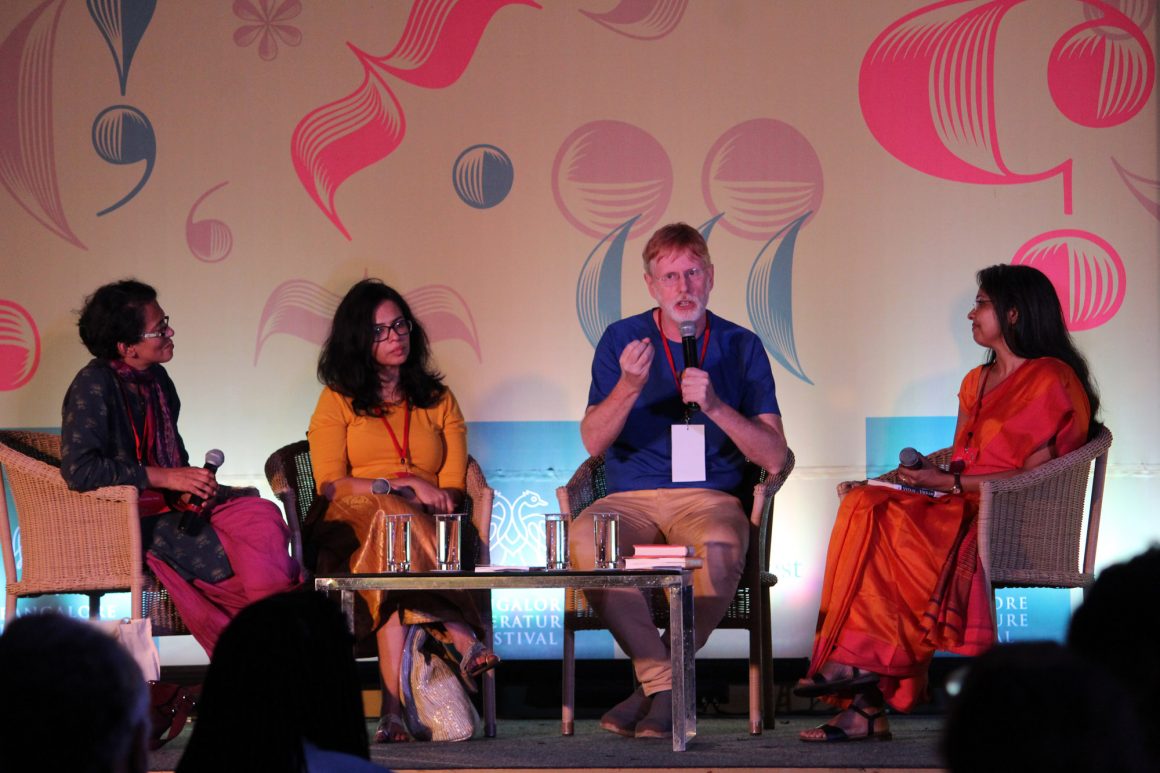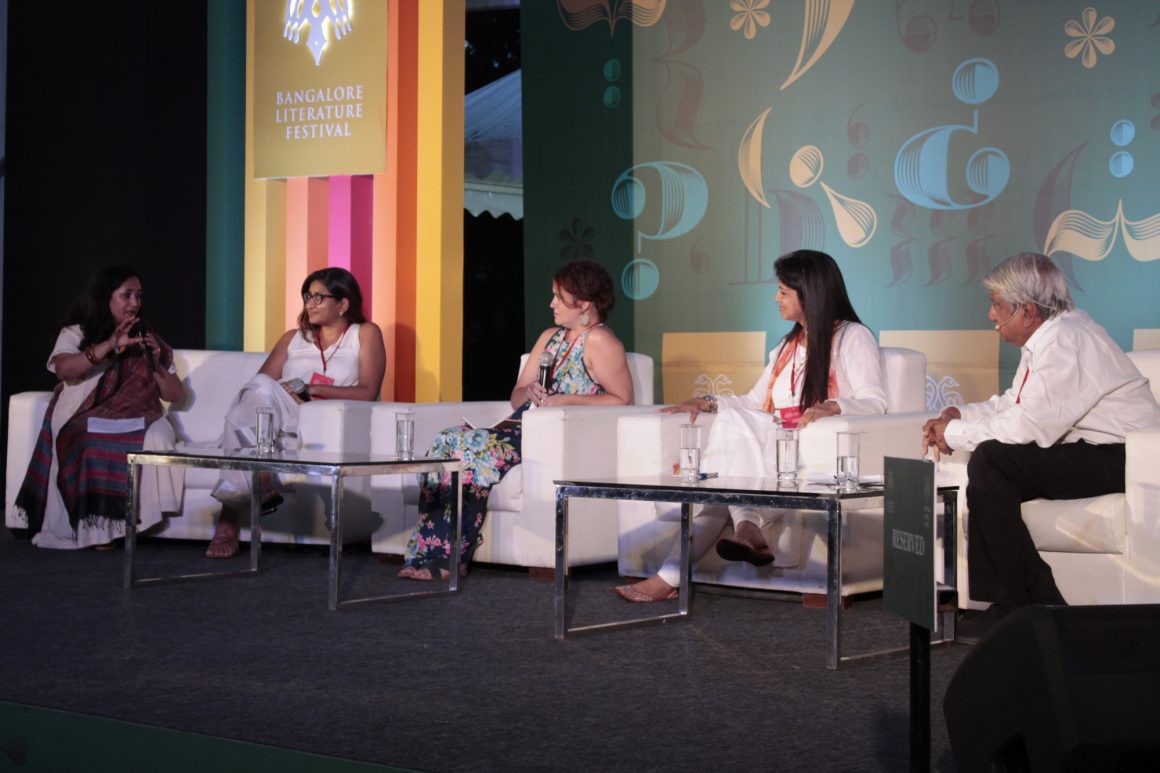It was peak afternoon and Yayati ground was crowded with people all around waiting for Prasanna’s talk on Moola Ramayana. Prasanna hails from a theatre background and has founded the influential Kannada group Samudhaya in 1970. Apart from that, he has directed plays in Kannada, Hindi, Punjabi and English.
The speaker expressed his joy about Ayodhya verdict and he felt it was a coincidence that he got to speak on the same topic. He added, after many decades all the political forces have taken a good decision to build the nation as a whole. According to him, Ramayana was very crucial in building this country as a whole. The speaker’s project on Ramayana actually began in the early ’90s when he resided in Delhi. The speaker was back to his old days when he was unable to help during the crisis in Ayodhya. He called himself as left-wing who was desperately trying to stop the demolition of the structure. But then the speaker started telling his friends to understand what Ramayana is and fight for the cause. The speaker clarified stating all great struggle started from the name “Rama”. His act of understanding Rama led him to do a play called “Uttar Ram Charith” in 1991. His play on Gandhi in 1992 is now published in Kannada as ‘Kondavaraaru’ (meaning who is the killer).
The speaker shared his experience from his mentoring and acting days. He used to weep, scream and put all his efforts to get the character right. Since then he has kept chasing this epic which made him to publish the verses of Ramayana in 2018 in Kannada as ‘Moola Ramayana‘.
The speaker explains why he titled the book as Moola Ramayana because it has original text and he has deeply got into the original metaphor of Ramayana. The speaker questioned the gathering as to what is the metaphor in Ramayana. Breaking the silence he answered Ramayana is the only epic all over the world that starts with a core and continues with core metaphor till the end. He further compared his answer to a banyan tree with its branches and roots. The core of Ramayana got defined even before the story begins. The speaker detailed the reason for what made Valmiki pen down Ramayana. Ramayana unfolds the truth of Prakriti and Purusha living in the proximity with each other. The speaker highlighted the point that all these theories are what all Eastern philosophy talks about.
The speaker also explained about Ayodhya in his session. According to him Ayodhya is not just called Janma Bhoomi but also as Seeta ki Rasoi which means Seeta’s kitchen. He mentioned that the sacred place belongs equally to Seeta as well as Rama, which portrays Seeta as food giver and Rama as administrator.
The speaker also suggested that Ramayana can be looked as a solution to the three-prong problem the humanity is facing today namely job creation, ecology and morality. He also spoke about Kuvempu’s ‘Ramayana Darshanam’
Prasanna ended his discussion by suggesting we should dwell in a minimum civilized world. Excessive civilization is like Ravana. He also insisted that mythology is not imagined past, but an active metaphor which keeps growing and shaping every moment.
About the Author: Bhuvanashree Manjunath is an Engineering student, also an avid reader, poet, and a blogger. She also works as a book reviewer. She currently writes for TheSeer.










